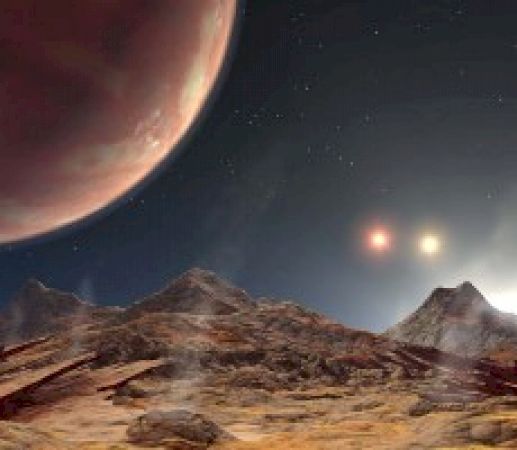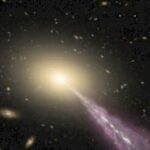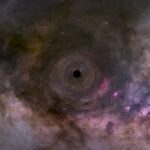
A duo of younger researchers have detected a “one of a kind” system of three stars, with the tertiary star that’s considered sixteen instances the mass of our personal Sun. The system of stars is so brilliant, that when first discovered it was considered a stellar binary.
With the James Webb Space Telescope starting to share new photographs of deep area, it’s straightforward to neglect that there are lots of different discoveries being made about our universe with out the help of the long-lasting area telescope. Two younger researchers on the Niels Bohr Institute on the University of Copenhagen have taken on the duty of making an attempt to determine how a singular mixture of a binary set of stars and a revolving bigger star got here to be.
The star system that’s being studied consists of two stars that orbit each other, with a colossal sized star orbiting the binary. It is believed that the mass of the binary stars is twelve instances the mass of our Sun. The binary has an orbital interval just like that of the rotation of Earth (1 day). The internal orbit takes on a round form, with shut to 6 revolutions of the tertiary star across the binary per 12 months.
“As far as we know, it is the first of its kind ever detected,” remarked Alejandro Vigna-Gomez. “We know of many tertiary star systems (three star systems), but they are typically significantly less massive. The massive stars in this triple are very close together – it is a compact system.”
The precise discovery of the star system was made by a group of novice astronomers, who have been sifting by way of a public knowledge set from NASA’s Transiting Exoplanet Survey Satellite (TESS) observatory. The group of amateurs introduced the anomalies they’d discovered to the eye {of professional} astronomers, revealing what had been considered two stars, have been truly three.
The younger duo of researchers used their mixed experience to code the choices of how this triple star system got here to be, after which ran greater than 100,000 iterations on a pc. The end result was that the almost definitely situation concerned two binary techniques forming initially, with one of many binary techniques merging into one sooner or later. See the picture above for an instance of two binary star techniques, which the researchers consider was the case for the present star system earlier than one set of stars finally merged right into a singular one.
“Now we have a model of the most likely scenario of this unique system. But a model is not enough,” defined Vigna-Gomez. He continued by saying that there at the moment are two methods by which they will show their concept on the formation. “One is studying the system in detail and the other is to make a statistical analysis on a population of stars.”
Bin Liu, the second member of the duo, encourages individuals within the public to take a deep look into the info as properly. He added, “Maybe there are more compact systems buried in the data. What we want to know is whether this kind of system is common in our universe.”
You can view the researchers work so far in a publicly obtainable scientific article.
Top Image Credit: JPL/NASA









